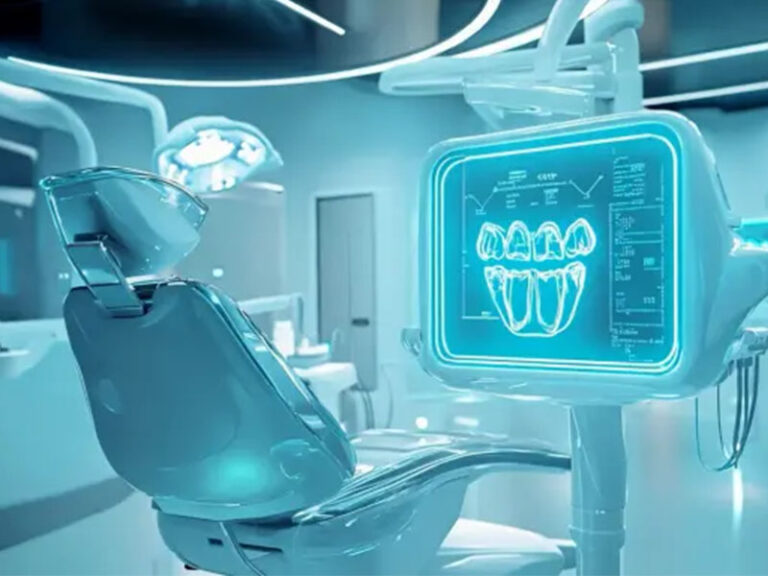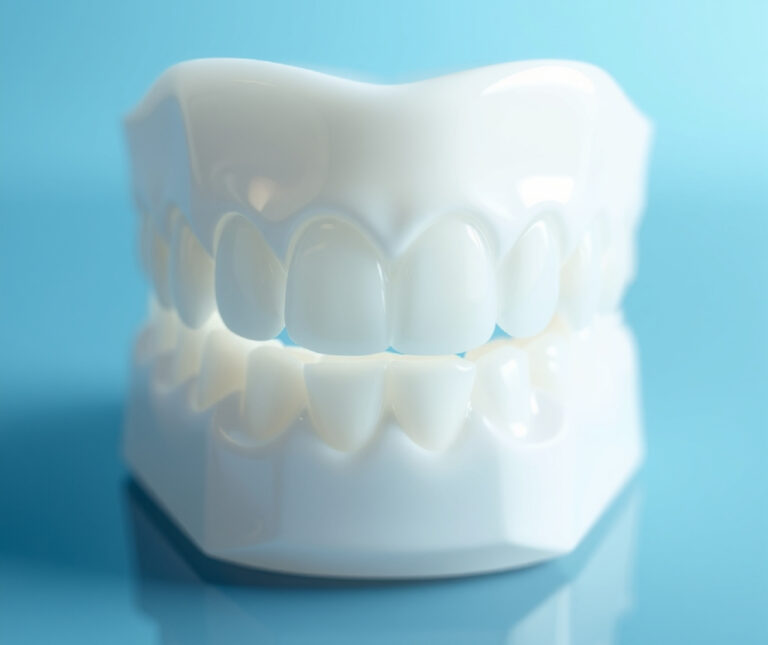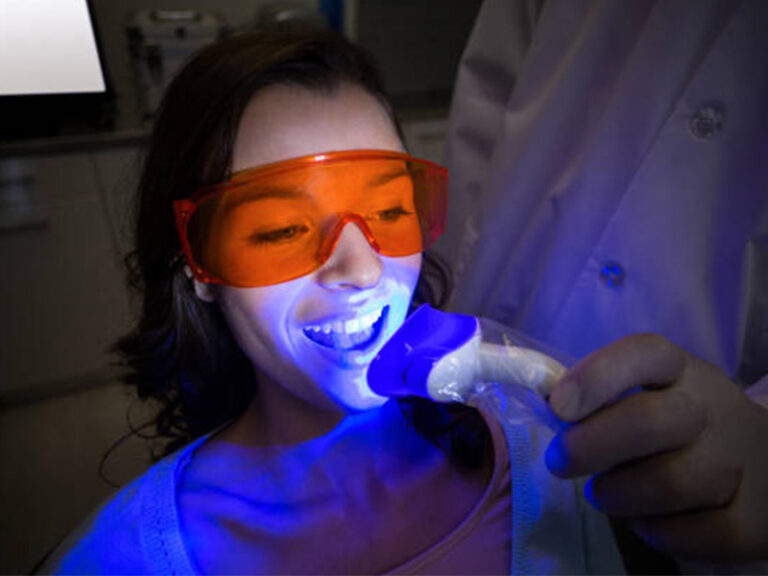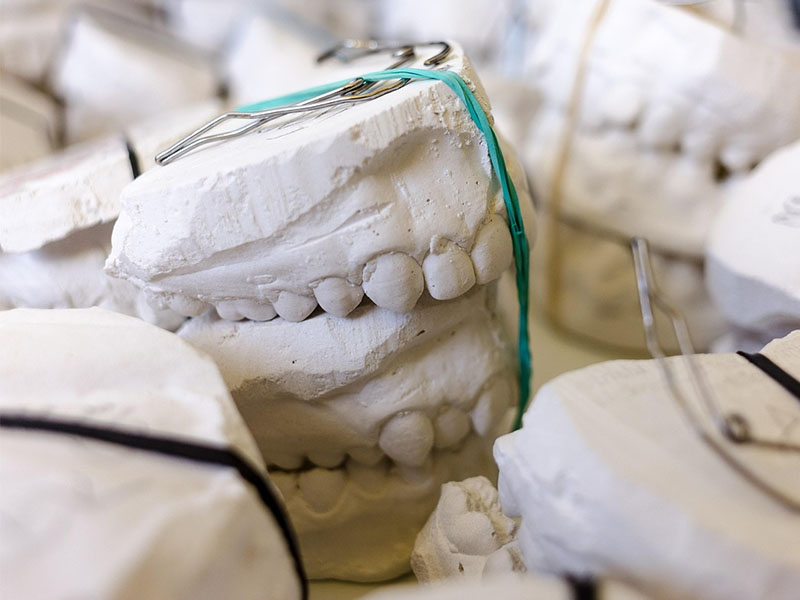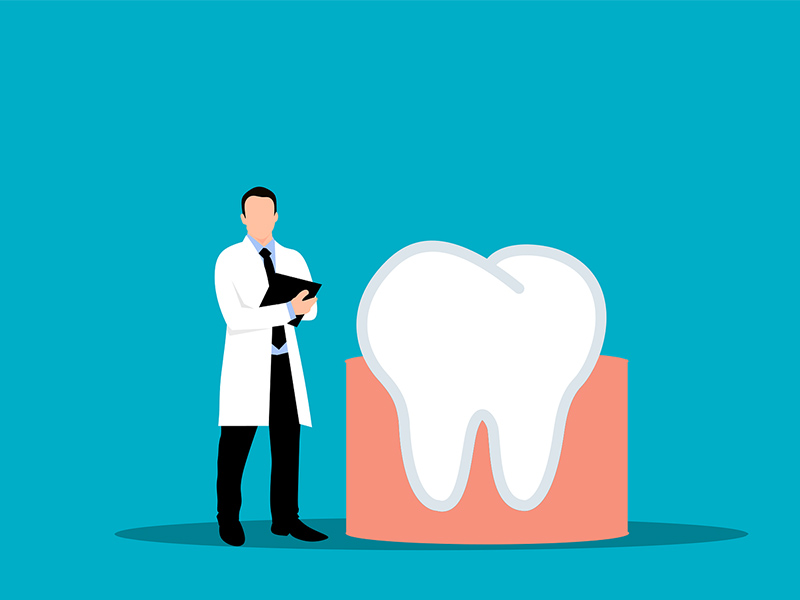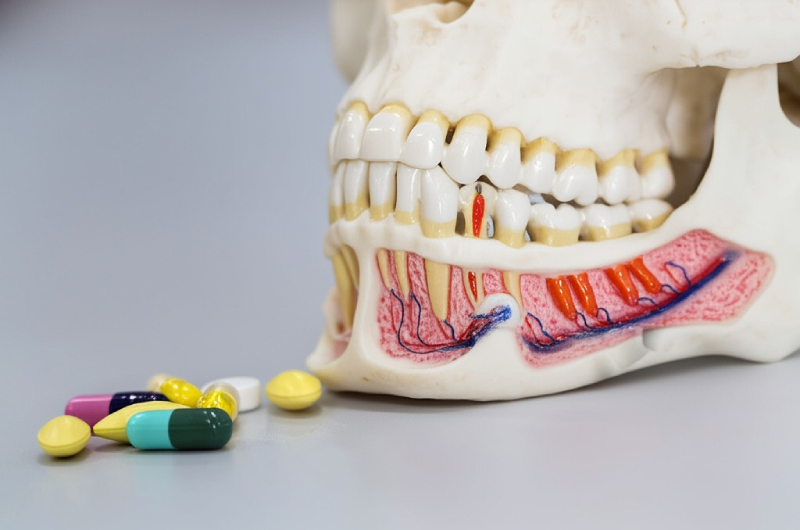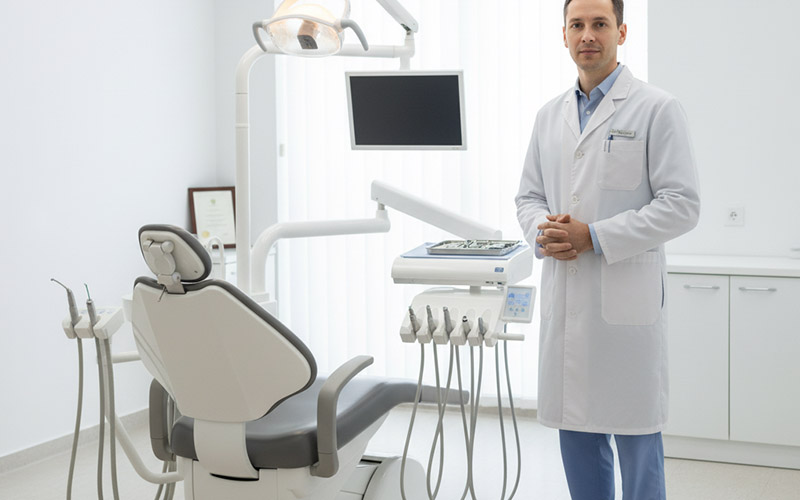
Do Dentists Pull Teeth? Your Clear Guide to Tooth Extractions
That nagging toothache that keeps you up at night. The sudden jolt when you bite into something cold. Or maybe you just had your dentist mention the possibility of “pulling a tooth,” and you’re left wondering—wait, is that really something my regular dentist does? What will happen to my smile? Is it painful?
If you’re here, chances are you—or someone you care about—needs answers about tooth extractions. Maybe you want to know if your regular dentist can do it. Maybe you’re looking for other options, wanting some peace of mind, or just hoping to make the best choice for your health. Whatever brought you, you’re in the right place.
As a friendly health educator, my job isn’t to rush you out the door with half-answers or scary stories. Let’s break this topic down together, clear up any confusion, and give you the confidence you need to take the next step—whatever that may be.
Table of Contents
Can Dentists Pull Teeth? (And When Do They?)
Let’s start with the number one question—can your usual dentist really take out a tooth? The short answer: Yes, your regular dentist often pulls teeth.
Let’s Break It Down
- Simple Extractions: Most regular dentists do these all the time. If your tooth sticks out above the gum and is easy to reach, your dentist will numb the area and pull it out right in the office. You usually don’t need to see a specialist for this.
- Surgical Extractions: Here’s where things get harder. If your tooth is broken at the gum line, stuck below the surface (like a wisdom tooth that hasn’t come in), or has weird roots, your dentist might send you to an oral surgeon—a dental specialist who handles the tough cases and does surgery.
Think of it like home jobs: Changing a lightbulb is easy; fixing the house wires means you might call an electrician. Both are “fixing lights,” but one job is much harder.
Fact check: About 5 million teeth are pulled every year in the US. That’s a lot of trips, and most start—and often finish—in the regular dentist’s office.
Why Would a Dentist Recommend Pulling a Tooth?
Nobody wants to lose a tooth. Dentists usually try to save your tooth first. But sometimes, taking it out is the best and safest choice. Here’s why your dentist might suggest it:
Top Reasons Dentists Pull Teeth
1. Bad Tooth Decay:
When a cavity has taken away so much of your tooth that a filling or crown won’t help, pulling it may be the only choice.
2. Bad Gum Disease:
If gum infection has destroyed the bone holding the tooth, the tooth can get loose and need to come out to keep your mouth healthy.
3. Infection or Abscess:
If an infection goes deep into the tooth and can’t be fixed with a root canal, taking out the tooth stops the pain—and keeps the infection from spreading.
4. Cracked or Broken Teeth:
If a crack goes under your gum or into the root, the tooth often can’t be saved.
5. Impacted Wisdom Teeth:
Some people’s wisdom teeth don’t have enough space to come in or come in the wrong way, which hurts and can push on other teeth.
6. Too Many Teeth for Braces:
Sometimes, you need a tooth or two removed so your braces can work.
7. Bad Accidents or Injuries:
Car accidents, falls, and sports injuries can break teeth so badly they can’t be fixed.
Is Pulling Really the Only Choice?
Dentists look at every other way before choosing to pull a tooth. But if a tooth is making you sick, hurts too much, or causes trouble for other teeth, taking it out might save you bigger trouble later.
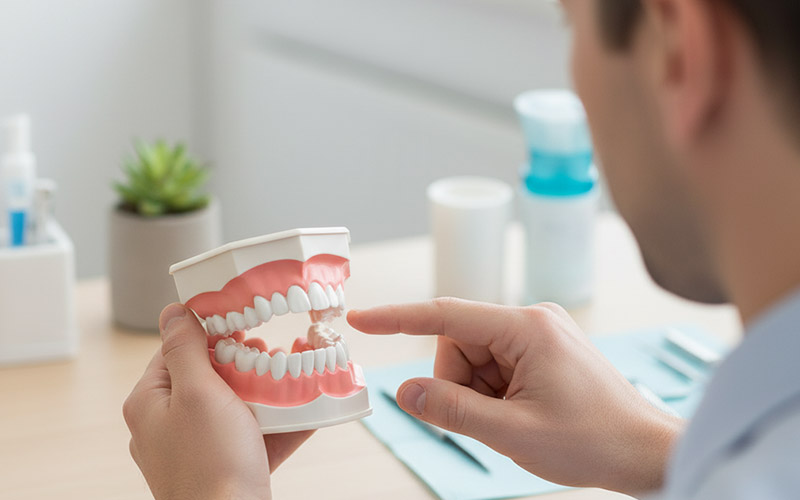
What Happens During a Tooth Extraction?
So your dentist says you need a tooth out. Let’s walk through what happens, step by step. No secrets, no scare stories—just simple facts, how you’d tell a friend.
1. First Visit and Planning
- Dental X-rays: Your dentist takes X-rays to see the roots, shape, and where your tooth sits. This helps with safe removal.
- A Talk: Your dentist will ask about your health, any medicine you take, allergies, and if you’re worried about pain or being nervous.
2. Numbing and Comfort
No one wants to feel pain at the dentist. Luckily, dentists have different ways to keep you okay:
- Local Numbing: The dentist uses a shot to numb your gum and tooth. You feel pressure, not pain.
- Calming Medicine: If you’re nervous (and lots of people are), you might get laughing gas or medicine to help you relax.
- Deep Sleep Medicine: Not common for most extractions, but sometimes used for tricky cases.
Your comfort comes first here.
3. The Extraction
There are two main kinds of pulling:
A. Simple Extraction (Most Common)
If you can see the tooth, here’s what happens:
- The dentist uses a tool called an elevator to loosen the tooth.
- Then big dental tweezers, called forceps, gently rock and pull the tooth out.
- You’ll feel some wiggling and pressure, but shouldn’t hurt thanks to the numbing.
B. Surgical Extraction
If things are more complicated (like a tooth broken under the gum or a stuck wisdom tooth):
- Your dentist or oral surgeon makes a small cut in your gum.
- They might need to remove a little bone or cut the tooth in pieces to get it out.
- You may get some stitches that just go away by themselves.
Fun fact: Those tools might look scary, but your dentist is used to them—like a cook with a knife.
4. After It’s Out
- The dentist puts gauze in the spot and asks you to bite down to stop any bleeding and help a blood clot form.
- You’ll get clear instructions for how to care for your mouth and handle any pain.
Pain, Recovery, and Risks: What You Can Expect
Worried about pain after the tooth comes out? That’s totally normal. Here’s what you can expect—and what to watch for.
Right After
- Bleeding: You’ll need to bite on gauze for 30–60 minutes. Some mild bleeding is normal for a few hours.
- Swelling: Use an ice pack on your cheek (20 minutes on, then off) to help any swelling go down.
- Ache: Most people feel a dull ache when the numbing goes away, but really bad pain is rare after a simple extraction.
Handling Pain
- Medicine: Most people do fine with regular painkillers like ibuprofen or acetaminophen. For tougher cases, you might get a prescription for something a bit stronger, just for a short time.
- Rest: Take it easy for a couple of days.
Special Note: Dry Socket
Here’s something to remember. Dry socket pops up in about 2-5% of extractions (more often with wisdom teeth).
What is it? Normally, a blood clot forms in the hole, protecting bone and nerves. If the clot comes out, the bone and nerves get exposed, causing strong pain a few days after your tooth’s out. It’s much worse than normal soreness.
How to avoid dry socket:
- Don’t smoke.
- Don’t drink with straws—the sucking can pull the clot out.
- Clean your mouth the way your dentist says.
What to Eat and Healing Tips
- Soft meals: Go with soup, yogurt, eggs, or mashed potatoes.
- Skip seeds and crunchy things: These can get stuck in the hole.
- Salt water rinses: After 24 hours, gently rinse your mouth with warm salt water to help healing.
Normal healing: Most aches fade in 3 days, the hole in your gum closes in a week or so. The bone takes a few weeks longer to heal. If you notice the pain, swelling, or bleeding gets worse after a few days, call your dentist—better safe than sorry.
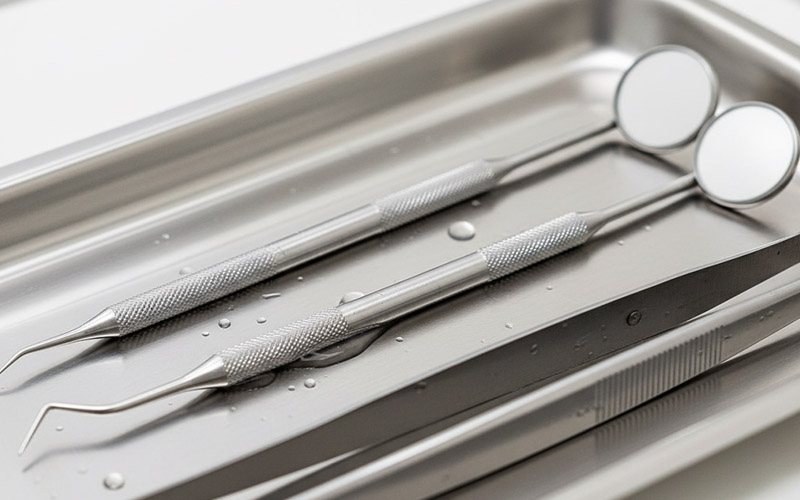
Alternatives: Can Your Tooth Be Saved?
Nobody wants to lose a tooth that could have been saved. So your dentist will always talk about other ways to fix things first.
Root Canal
If the center of your tooth (the pulp) gets infected, sometimes a root canal can clean it out and save your tooth. Over 15 million root canals are done each year—it’s a safe and common fix.
- Good things: You keep your tooth and your bite stays normal.
- Not so good: It may cost more and take more time, and doesn’t work if the tooth is too broken.
Fillings, Crowns, and Repairs
If your tooth isn’t too far gone, a filling can fix the hole. A crown—a cap—can cover a cracked or weak tooth.
Treating Gum Disease
If your gum trouble isn’t too bad, deep cleanings and dentist visits can sometimes help avoid pulling teeth.
Braces
If your teeth are crowded, sometimes braces or aligners can move teeth without any need to pull them.
Think It Over
Dentists are like mechanics for your mouth—they’d rather fix and keep parts than throw them away. But sometimes, pulling a tooth is just safer or works better.
When Will You Need a Specialist? (Oral Surgeon vs. Dentist)
Sometimes, your case needs a little extra help. Here’s when your regular dentist might send you to an oral surgeon:
- Impacted Wisdom Teeth: Teeth that are stuck in your jaw or come in sideways.
- Surgical Extractions: Teeth that are badly broken, decayed, or have weird roots.
- Health Issues: Bleeding problems, weak immune system, or certain heart problems mean you need a specialist.
- Bone Graft/Implant Work: Some people need jaw bone help before getting an implant.
- Dental Implants: Some dentists can place these, but tough cases might go to a surgeon.
Fun fact: About 15–25% of all extractions go to an oral surgeon, according to some surveys.
How Can You Prevent Extractions in the Future?
Great question. You can’t stop accidents or what you’re born with, but you have more control than you think.
Top Tooth-Saving Moves
- See your dentist every six months. Routine visits catch small problems before they grow.
- Brush two times a day and floss. It’s not fancy, but it really works. Plaque is your enemy—fight it.
- Fix cavities and gum problems fast. Don’t wait for pain. The earlier you fix things, the more you can save.
- Eat foods that help your teeth. Try crunchy veggies, cheese, and nuts. Say no to too many sweets—they feed the germs that destroy teeth.
- Wear a mouthguard during sports. One hard hit on the field can mean losing a tooth. Protect yourself.
- Ask your dentist about sealants and fluoride. These help keep teeth strong, especially for kids.
Key Takeaways and Next Steps
Let’s wrap it up. Here’s what you should remember:
• Yes, regular dentists often pull teeth.
Simple extractions are part of their work. Tougher cases might go to a specialist.
• Dentists only suggest pulling a tooth if they really need to.
Big reasons include bad decay, gum disease, infection, accidents, wisdom teeth problems, or for braces.
• The process is safe and not as scary as it sounds.
Most people hurt less than they thought, thanks to numbing and gentle work.
• You’ll get easy-to-follow care instructions.
Most soreness goes away in days, but following dentist advice stops problems.
• Your dentist always tries to save your tooth first.
Root canals, fillings, and deep cleaning are all options.
• Not all extractions need a specialist, but your dentist will refer you if it’s best.
• You can prevent many future problems with good care: brush, checkups, and early fixes.
What Should You Do Next?
Think you might need a tooth pulled? Not sure? Here’s what to do:
- Call your dentist: Make an appointment. Don’t wait.
- Ask questions: Why is this tooth coming out? Are there other choices? How long will I need to recover?
- Be open about your health and any fears: Your dentist isn’t just there for your mouth, but to help you as a person.
- Plan ahead: Need time off? Want to buy soft food? Need some help at home? Getting ready lowers stress.
Remember, losing a tooth isn’t the end of your smile or health. There are more ways than ever to fix gaps, from strong dental implants (with a 95% success rate) to bridges and more. You aren’t alone.
Still worried? List out your questions for your dentist, or get another opinion. Your teeth and peace of mind matter.
References and More Reading
- American Dental Association (ADA): Tooth Extractions
- Centers for Disease Control and Prevention (CDC): Oral Health
- American Association of Oral and Maxillofacial Surgeons: Wisdom Teeth Management
- Consumer Guide to Dentistry: Tooth Extraction Costs
- American Association of Endodontists: Root Canals vs Extractions
Medically checked by Dr. Jane Doe, DDS, general dentist and member of the American Dental Association.
Ready to take your next step? Book a checkup—no pressure, just clear answers you can trust. Your healthy smile starts with the choices you make now.
Remember: Tooth extraction is just one part of your story, not the whole book. With the right help, you’ll keep smiling strong.

